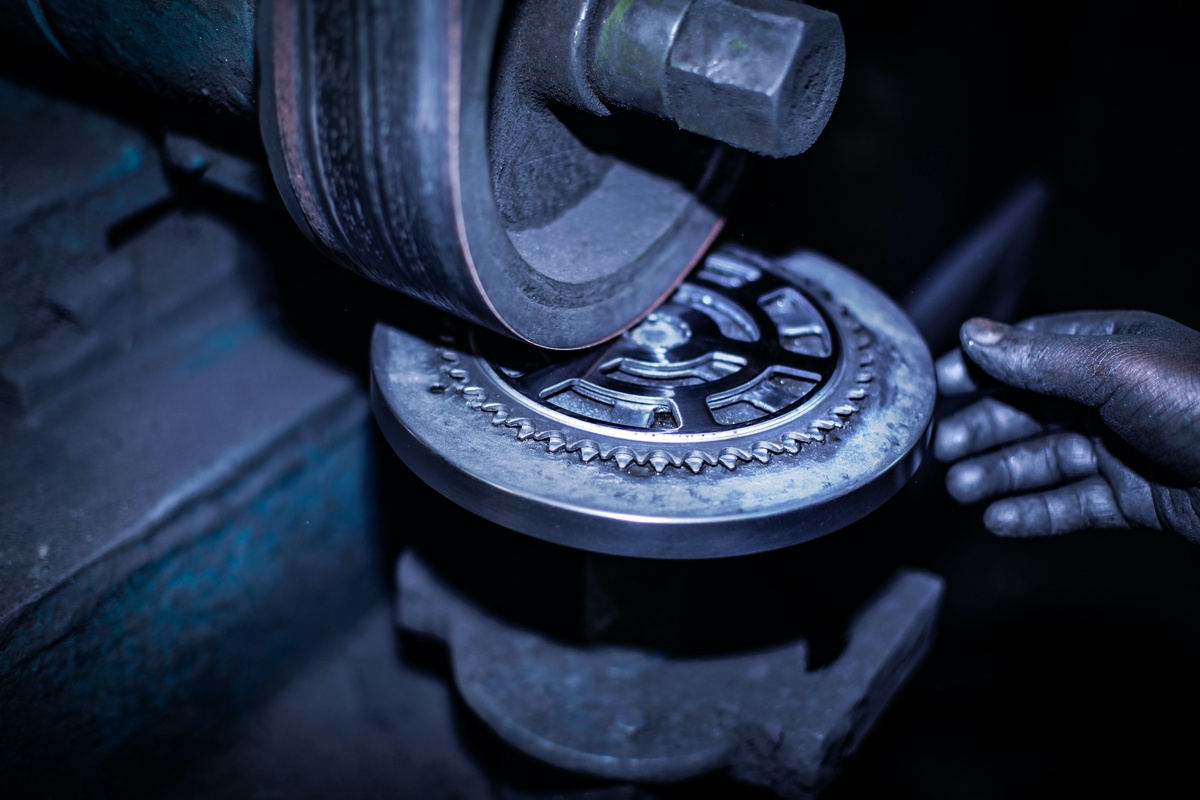Your boat’s rudder bearing will sustain wear and tear as time passes. You might notice increase play between the rudder stock and the tube at an early stage when you feel movement directly from the tiller or see the head moving.
Various parts of your boat, like the flexible disc coupling and gearbox, will require replacement to ensure operational efficiency. You might need to inspect and service rudder bearings annually while the boat is ashore.
If your inspection indicates that your bearing is near the end of its lifespan, it’s time to replace it with the help of our guide.
Dropping the Rudder
Take your vessel out of the water and into the yard to perform this step. Ensure you have a hole dug in the ground or a boat lift. If your yard has concrete or tarmac, you must raise the boat far enough for the rudder and shaft to slip down the boat.
For tiller-steered boats, the rudderstocks are often held in place with a two-part collet located at a recess atop the rudder shaft. Steered boats must have their steering mechanisms disconnected and the quadrant removed.
Note that unless the rudder is made of aluminium or composite carbon, expect it to weigh heavily.
Remove the Rudder Bearings
After lowering the rudder blade, slide the bearings off the shaft. Plain bearings are made of low-friction and highly wear-resistant simple Delrin brushes. There should be two plain brushes, each with a collar supporting the top and bottom inches of the shaft above the rudder blade.
After removing the rudder, stock, old bearings, and gudgeon, take these parts to a machine shop to get new bearings. If corrosion in the crevice occurs, you might want to bring the assembly to a stainless welder.
Reassemble the Rudder
You only need to reverse the above steps to reassemble your boat’s rudder. Insert the gudgeon bearing, the gudgeon, bolt the blade pintles, and then fair.
After that, do some sanding and painting, then re-install the rudder tube. Push the rudder back up, then the quadrant.
Get Top-Grade Parts from Poly Flex
Your rudder bearing will perform only as well as the installation and quality. Poor installation could aggravate problems in your rudders, and substandard parts won’t last long.
To ensure you get only the best bearings and other components for your boat, get in touch with Poly Flex at https://www.polyflex.com.au/contact-us/.


No comments yet